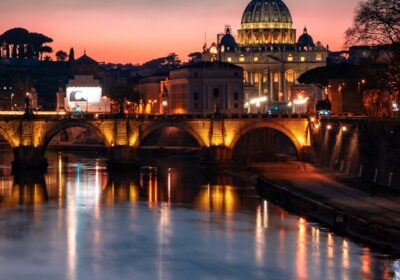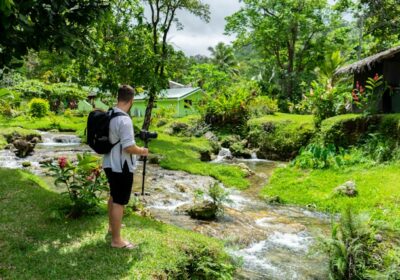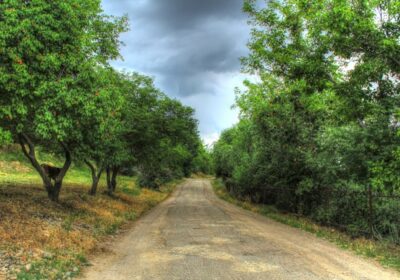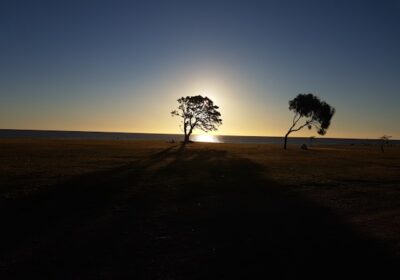Canada: A Land of Natural Beauty and Cultural Riches
Canada, the second-largest country in the world by land area, is known for its stunning landscapes, diverse cultures, and welcoming people. From the rugged coastlines of the Atlantic Provinces to the towering Rocky Mountains, vibrant cities, and vast prairies, Canada offers a wide range of experiences for travelers. Its rich history, multicultural society, and commitment to preserving natural beauty make it a must-visit destination.
A Glimpse into Canada’s History
Canada’s history is deeply rooted in the heritage of its Indigenous peoples, who have inhabited the land for thousands of years. European exploration began in the late 15th century, leading to settlements by the French and British. The country was officially formed in 1867 through the confederation of provinces. Today, Canada is a diverse and multicultural nation known for its progressive values and high quality of life.
Iconic Landmarks and Attractions
- Niagara Falls: One of the most famous natural attractions in the world, Niagara Falls straddles the border between Ontario, Canada, and New York, USA. Visitors can take boat tours to experience the powerful waterfalls up close.
- Banff National Park: Located in the heart of the Canadian Rockies in Alberta, Banff National Park is known for its stunning mountain landscapes, crystal-clear lakes, and abundant wildlife. Popular activities include hiking, skiing, and hot springs.
- CN Tower: An iconic symbol of Toronto, the CN Tower offers panoramic views of the city and Lake Ontario from its observation decks. Thrill-seekers can try the EdgeWalk, a hands-free walk around the tower’s edge.
- Old Quebec: A UNESCO World Heritage Site, Old Quebec is a historic district that showcases French colonial architecture, cobblestone streets, and the impressive Château Frontenac.
- Gros Morne National Park: Located in Newfoundland and Labrador, Gros Morne National Park features dramatic landscapes shaped by glaciers, including fjords, mountains, and coastal lowlands.
- Vancouver: This vibrant west coast city is known for its stunning natural surroundings, including mountains, forests, and beaches. Highlights include Stanley Park, Granville Island, and the Capilano Suspension Bridge.
Cultural and Historical Highlights
- Ottawa: The capital city of Canada, Ottawa is home to important national institutions, including Parliament Hill, the National Gallery of Canada, and the Canadian Museum of History.
- Montreal: Known for its vibrant arts scene and French heritage, Montreal offers attractions such as the historic Old Port, the Montreal Museum of Fine Arts, and the annual Montreal International Jazz Festival.
- Toronto: As Canada’s largest city, Toronto is a multicultural hub with diverse neighborhoods, world-class museums, and a thriving arts scene. Notable attractions include the Royal Ontario Museum, Art Gallery of Ontario, and Kensington Market.
- Calgary Stampede: Held annually in Calgary, Alberta, the Calgary Stampede is a world-famous rodeo and exhibition celebrating Western heritage and culture.
- Indigenous Heritage: Canada has a rich Indigenous heritage, with numerous sites and cultural centers dedicated to First Nations, Inuit, and Métis peoples. The Haida Gwaii islands in British Columbia and the Canadian Museum for Human Rights in Winnipeg are notable examples.
Natural Beauty and Outdoor Adventures
- Whistler: A premier ski resort in British Columbia, Whistler offers world-class skiing and snowboarding in winter, and mountain biking and hiking in summer.
- Prince Edward Island: Known for its red sand beaches, rolling countryside, and charming coastal villages, Prince Edward Island is also the setting of the famous novel “Anne of Green Gables.”
- Jasper National Park: Located in Alberta, Jasper National Park features stunning mountain scenery, pristine lakes, and abundant wildlife. Highlights include Maligne Lake, Athabasca Falls, and the Icefields Parkway.
- Churchill: Known as the “Polar Bear Capital of the World,” Churchill, Manitoba, offers opportunities to see polar bears, beluga whales, and the Northern Lights.
- Bay of Fundy: Famous for having the highest tides in the world, the Bay of Fundy between New Brunswick and Nova Scotia offers unique geological formations, whale watching, and coastal hikes.
Practical Information for Visitors
- Best Time to Visit: The best time to visit Canada depends on the region and activities. Summer (June to August) is ideal for exploring cities, national parks, and coastal areas, while winter (December to February) is perfect for skiing and winter sports.
- Transportation: Canada has an extensive transportation network, including domestic flights, VIA Rail trains, and well-maintained highways. Renting a car is recommended for exploring rural areas and national parks.
- Accommodation: Canada offers a wide range of accommodation options, from budget motels and mid-range hotels to luxury resorts and vacation rentals. Major cities and tourist areas provide diverse lodging choices.
- Visa and Entry Requirements: Travelers to Canada may need a visa or an Electronic Travel Authorization (eTA) depending on their nationality. It is important to check entry requirements before planning your trip.
Conclusion
Canada is a land of incredible diversity, offering a multitude of experiences for travelers. Whether you’re exploring vibrant cities, marveling at natural wonders, delving into history, or seeking adventure in the great outdoors, Canada has something to offer everyone. Its rich cultural tapestry, dynamic landscapes, and welcoming spirit make it a destination that continues to captivate visitors from around the world.






Leave feedback about this